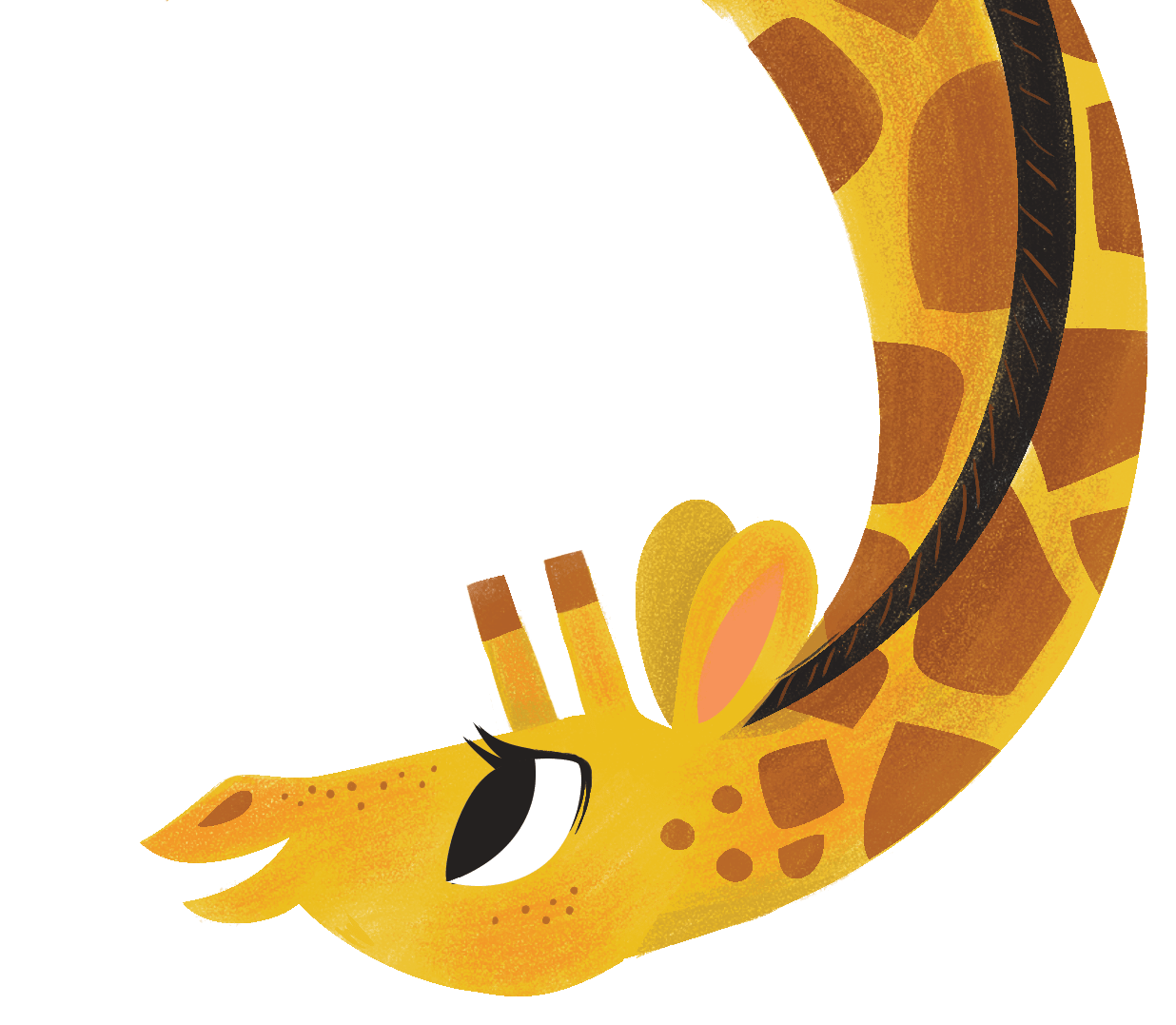Some time ago, my brother Christopher Kurtz and I wrote a picture book together about a boy in Ethiopia who had become Chris’s friend during the years when Chris was teaching in the Bethel Girls’ School. Only a Pigeon was praised for giving kids a rare look at life in an African city–no wonder, because Chris and the illustrator, E.B. Lewis, traveled to Ethiopia to do the art research, and it’s my book that most distinctively and accurately shows Addis Ababa streets and neighborhoods.
 I was surprised at the critics who read this mostly true story of a boy who shines shoes for a living and still takes time to care tenderly for his pigeons and asked, “But where are the parents?” It was a criticism that was repeated when the idealistic parents of the girls in my novel Jakarta Missing leave them alone for a week.
I was surprised at the critics who read this mostly true story of a boy who shines shoes for a living and still takes time to care tenderly for his pigeons and asked, “But where are the parents?” It was a criticism that was repeated when the idealistic parents of the girls in my novel Jakarta Missing leave them alone for a week.
There’s a large gap between a lot of U.S. readers and resourceful working kids in parts of Ethiopia (note this boy from our recent trip, out watching the cows with no parents in sight) and all around the world.

Now Deborah Hopkinson has used her writing talents to show a time and place where children in the United States routinely had to learn to find their way with no parents anywhere around. It’s powerful for us all, old readers and young readers, to understand the working life of children who don’t have access to school…and maybe some of the rest of us will meddle our way to having their backs.

Jane: I love the way you weave real people into your historical fiction—I especially loved the way Jacob Riis shows up in this story and kids can get a feel for how his photographs shifted the social conscience of America. Can you give readers a bit of insight into the challenges of incorporating someone like Riis into a lively, fast-moving tale?
Deborah: This is actually the part of writing historical fiction that I like best. A Bandit’s Tale was inspired by my longtime fascination with Riis, who I encountered some years ago when I wrote two books set on the Lower East Side: Hear My Sorrow, part of the Dear America series, and a nonfiction work entitled Shutting out the Sky, Life in the Tenements of New York.
When proposing A Bandit’s Tale, a fictional story set in the same period, I realized I wasn’t quite done with my writing about Riis – or those compelling photographs of the time.
Jane: I would imagine kids would be astonished to discover that not long ago people their age were fending for themselves on the streets of New York City. Have you had responses yet in author visits or pre-publication reading?
Deborah: For years now, I’ve shown students a photo of children on the streets of New York playing next to the carcass of a dead horse. Like Riis’s photographs, this one has stayed with me for years and served as an inspiration for including another historical figure in this story: Henry Bergh, founder of the ASPCA. I’ve only had a chance to preview Bandit and haven’t had response from any young readers yet, but I’m looking forward to talking with them about it.
Jane: Photos like the one at the opening of Book Two and the three boys sleeping in the window well have immense power. What was your plotting process like as you studied those historical photos and worked out the story of A BANDIT’S TALE?
Deborah: I very much wanted A Bandit’s Tale to be a visual experience. And, as sometimes happens in research, one thing leads to another. I discovered a young reporter named Max Fischel, who served as Riis’s assistant and helped translate for him in the Jewish community. So it made sense for Rocco, our protagonist, to serve in the same role as part of his journey from street musician, to pickpocket, to runaway, to activist.
I highly recommend that students and adults interested in this period watch Steven Johnson’s PBS series, How We Got to Now. All six episodes are fascinating, and the one entitled Light features Jacob Riis.
Jane: What’s your biggest hope as historical fiction like this flies out and into the hands of readers?
Deborah: Over the last couple of years, since the publication of my last historical fiction book, The Great Trouble, A Mystery of London, the Blue Death, and a Boy Called Eel, I’ve visited dozens of schools and had Skype visits with students who learned about cholera and epidemiology for the first time while reading that book, which is set during the 1854 cholera epidemic in London. I’ve been immensely delighted that it’s been part of many state award reading lists, book clubs, and battle of the books programs.
I know that fantasy and dystopian genres are popular. But my favorite part of sharing historical fiction is to have groups of two hundred or more kids so intensely fascinated by looking at an 1854 death certificate that you can hear a pin drop – and to make the connection to Dr. John Snow’s work then and the cholera outbreak in present day Haiti.
In the same way, I hope reading A Bandit’s Tale will expand readers’ awareness that change can take place through the dedication and determination of individuals. Like Mary Hallanan, the other main character in the book besides Rocco, our narrator, I hope kids will want to be “meddlers!”

